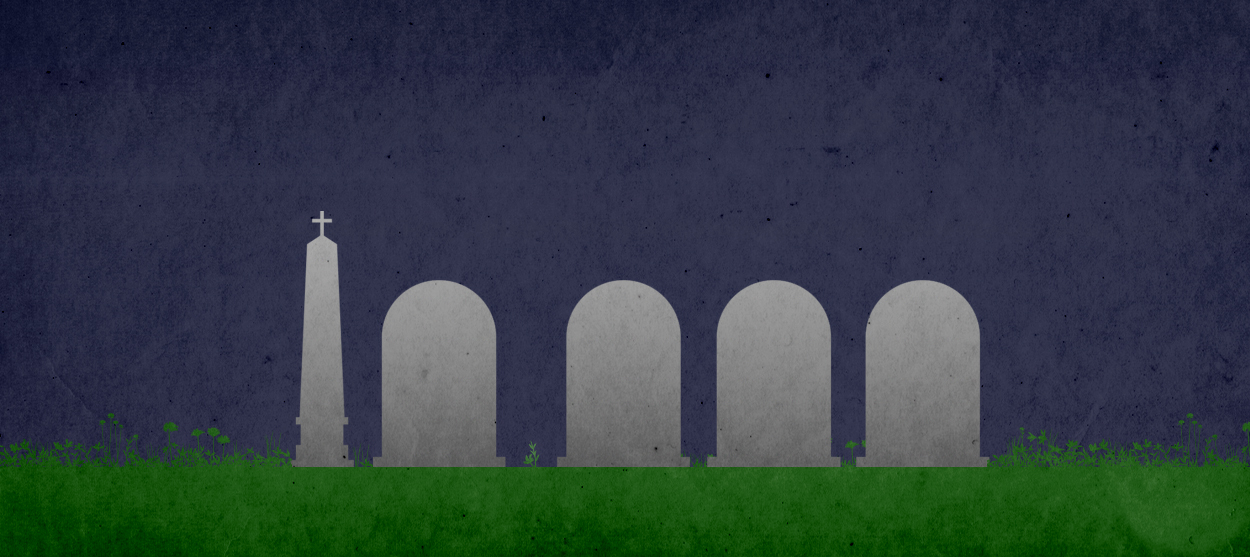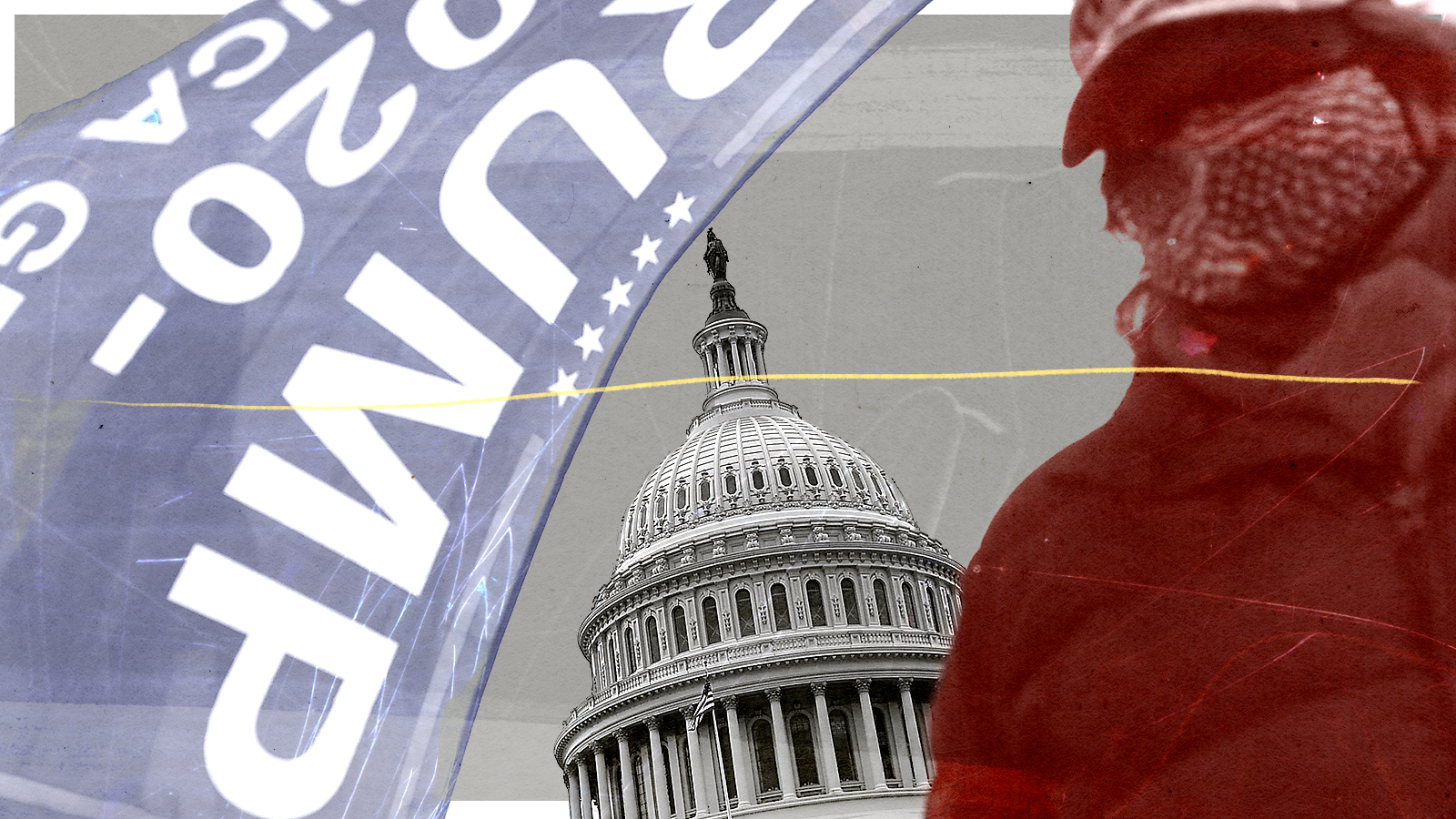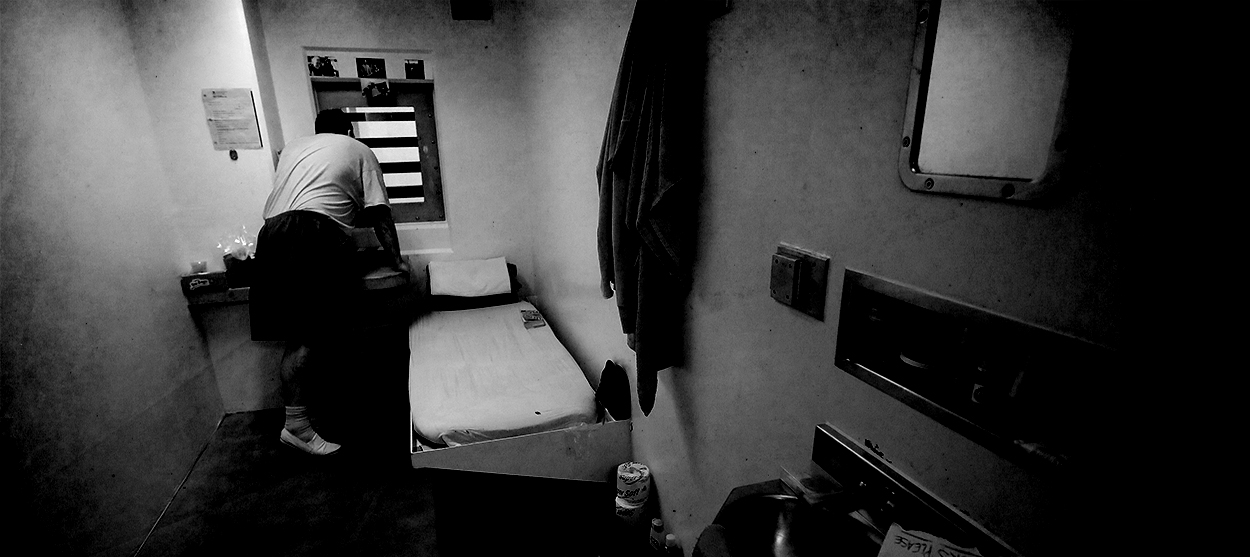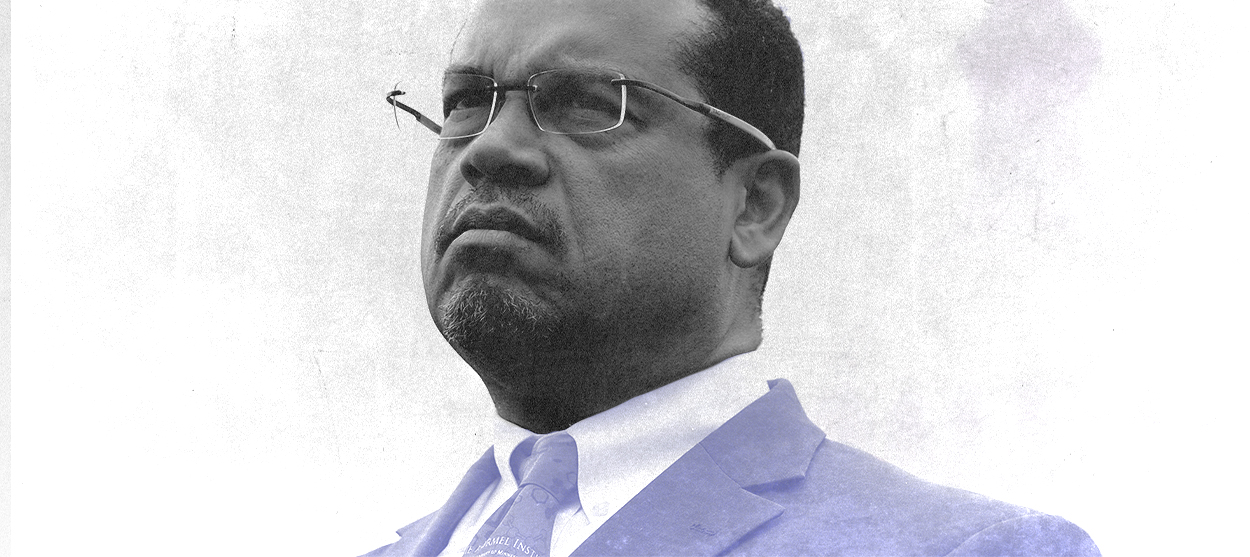Will the U.S. hit 10,000 COVID deaths per day?


Three thousand. It's a number that needs context to be grasped: "more [deaths] than D-day or 9/11," or the equivalent of if "15 passenger jets full of COVID-19 patients crashed ... and killed everyone on board." This week, we marked two 3,000-plus days of recorded COVID-19 fatalities, with no reason to think we've yet reached the peak. In fact, the United States seems locked in a horrifying race to find out what its ceiling is. Four thousand per day? Five thousand per day?
Even 10,000 deaths in a single day doesn't seem entirely inconceivable anymore.
We know that COVID-19 deaths lag behind infection rates, since it typically takes someone around three weeks after being diagnosed to experience life-threatening symptoms. Since the beginning of November, though, daily COVID-19 cases have doubled. That is to say, the wave of fatalities we're facing right now doesn't yet reflect the over 200,000 COVID-19 cases currently being added daily.
The Week
Escape your echo chamber. Get the facts behind the news, plus analysis from multiple perspectives.

Sign up for The Week's Free Newsletters
From our morning news briefing to a weekly Good News Newsletter, get the best of The Week delivered directly to your inbox.
From our morning news briefing to a weekly Good News Newsletter, get the best of The Week delivered directly to your inbox.
But let's be a little more precise: According to the projection below, the United States would need to reach about 570,000 new cases per day to get in the ballpark of an eventual 10,000 fatality day:
Notably, however, that rate does not account for overwhelmed hospitals and ICUs. At a certain point, the more cases increase, the more fatalities will accelerate, because the health-care infrastructure will be stretched too thin to give every patient the care they need. Some 200 U.S. hospitals are already at full capacity as of mid-December, and a third of the nation's ICUs are almost out of space, CNN reports.
Further, the Institute for Health Metrics and Evaluation (IHME) at the University of Washington has a "worst-case scenario" projection that models over 1 million new COVID-19 cases per day in January. If 1.7 percent of reported cases become deaths, that'd mean fatalities of 17,000 people per day are potentially possible next year (other models put the death rate at more like 1.5 percent, which is still 15,000 deaths per day).
Even 10,000 is a huge — unthinkable, even — daily death toll. Then again, so was 3,000 only a few weeks ago. With Christmas and New Year's seemingly ensuring further case bumps as family and friends travel to see each other, a scenario starts to take shape where cases spiral so far out of control that the health-care system can't keep up anymore.
A free daily email with the biggest news stories of the day – and the best features from TheWeek.com
It is all we can do to hope we never see it come true.
Jeva Lange was the executive editor at TheWeek.com. She formerly served as The Week's deputy editor and culture critic. She is also a contributor to Screen Slate, and her writing has appeared in The New York Daily News, The Awl, Vice, and Gothamist, among other publications. Jeva lives in New York City. Follow her on Twitter.
-
 The dangerous vigilantism that fueled Jan. 6
The dangerous vigilantism that fueled Jan. 6Talking Point
-
 The real reason the Pentagon is sounding the alarm over China's hypersonic missile
The real reason the Pentagon is sounding the alarm over China's hypersonic missileTalking Point
-
 China's ominous incursions over Taiwan
China's ominous incursions over TaiwanTalking Point
-
 Is Bibi-ism possible without Bibi?
Is Bibi-ism possible without Bibi?Talking Point
-
 The Derek Chauvin solitary confinement predicament
The Derek Chauvin solitary confinement predicamentfeature
-
 Keith Ellison's strategy in the Derek Chauvin trial paid off
Keith Ellison's strategy in the Derek Chauvin trial paid offfeature
-
 Injustice for everyone?
Injustice for everyone?feature
-
 If Andrew Cuomo won't resign, he must be impeached
If Andrew Cuomo won't resign, he must be impeachedfeature



